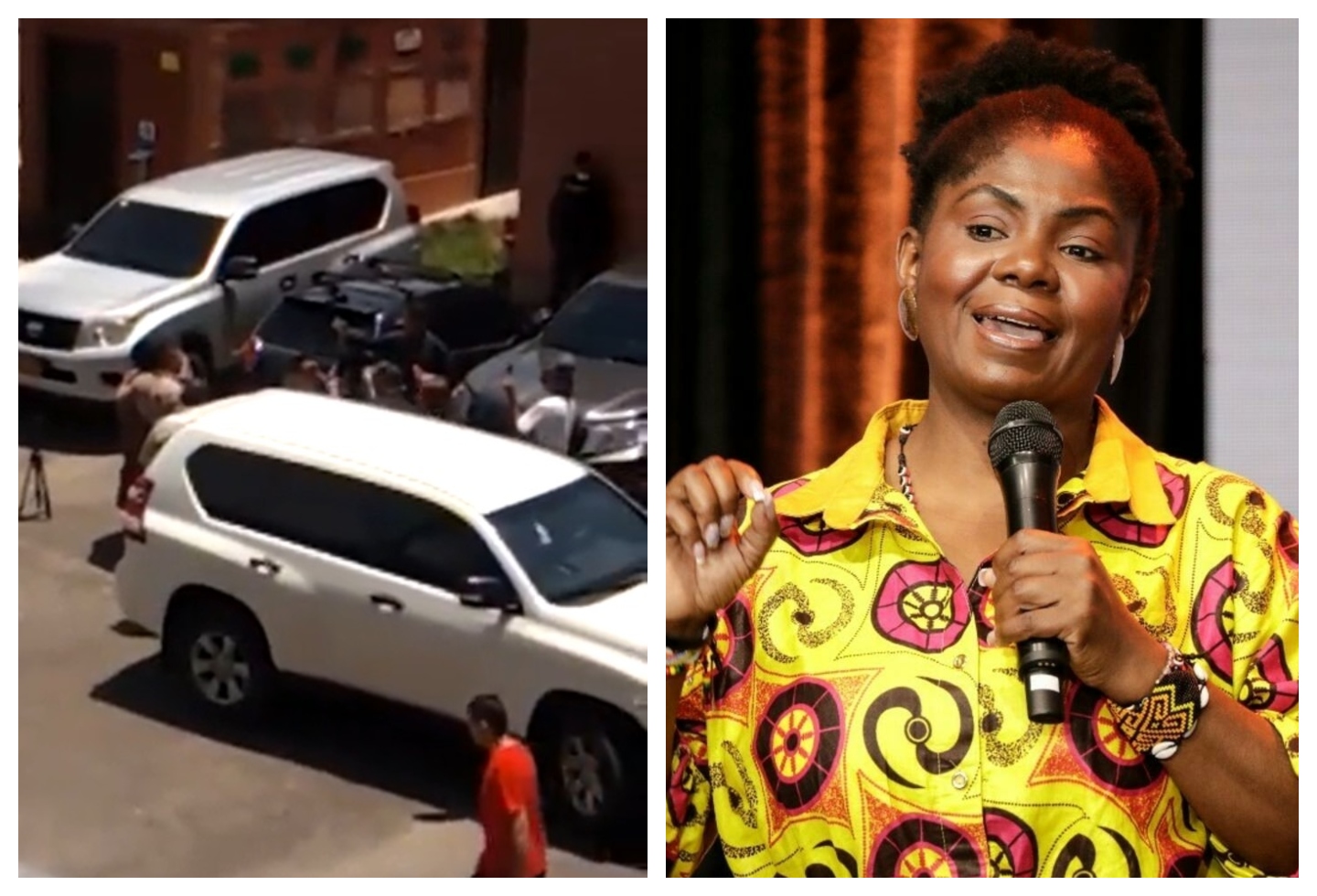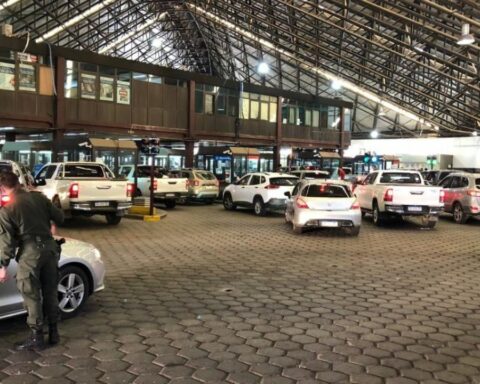In the trial between Chile and Bolivia for the status and uses of the waters of the Silala that crosses both borders, the experts summoned by Chile were questioned before the International Court of Justice in The Hague, who were questioned by the defenses. from neighboring countries, while also answering questions from the ICJ judges.
Within the instance, Howard Wheater, a Hydrological Engineer from the University of Cambridge and a doctor in Hydrology from the University of Bristol, and Denis Peach, a geologist from the University of Birmingham and a Doctor in Hydrology from the same university, were questioned.
The first interrogation by the Bolivian team was conducted by the American lawyer, Rodman Bundy, who focused an important part of his speech on elucidating whether the experts had visited the Silala region before, on the Bolivian side.
“Well no, we have not been able to visit the Bolivian part of the Silala, on the recommendation of the Government of Chile we understood that there was a lot of political tension in Bolivia and it was not wise, prudent to visit the area. Now we know the site from several visits and from the mountain you can see the top of the catchment pretty well,” replied Wheater.
Along with this, Wheater added that “the scientific team was able to visit and I have a lot of experience in the field on the border,” later delimiting that for the report “we had to base ourselves on remote sensing data and other sources that can give us a Pretty complete information these days and visual images, high-resolution elevation maps has allowed us to see the functioning of the vegetation.”
After attorney Bundy questioned Peach, it was the Chilean defense’s turn, so attorney Samuel Wordsworth took the floor and referred to the subject of the experts’ visit to the Silala and asked if they considered that not having been in Bolivian apartment, his opinions “are not reliable”.
“No, I don’t think so. I think the original question in the case was whether the Silala was an international watercourse and at the time of our memory we had adequate information to definitively comment on it. And when we did the subsequent work, we had extensive data from the Bolivian side that they were very useful to us and that allowed us to confirm our opinions regarding the impact that the channeling had”, stressed Wheater.
Then it was the turn of the judges, where Joan E. Donoghue, president of the ICJ, asked if the time of year in which the flow is measured affects the results and if this could have repercussions for the comparison between a measurement and the other.
According to Wheater, “the fact that it is a stream dominated by groundwater means that the water that reaches the stream has traveled through the land, has traveled various distances from the catchment and indeed we can see that the flow it’s remarkably even. When it rains there’s maybe a slight deviation, but essentially it’s a flat response, there’s no effect of the seasons.”
Finally, the magistrate Yuji Iwasawa questioned and finally the judge Peter Tomka, who consulted on the environmental impact of the canalizations in the area. Given which, Wheater pointed out that although “this would go beyond our expert knowledge, our expertise (…) we do not want to assert that there is no environmental effect, but it seems important to point out something that we have not been able to address in the interrogation, and to what extent the canalizations have caused this alleged degradation, the evidence presented by Bolivia is quite confusing”.








